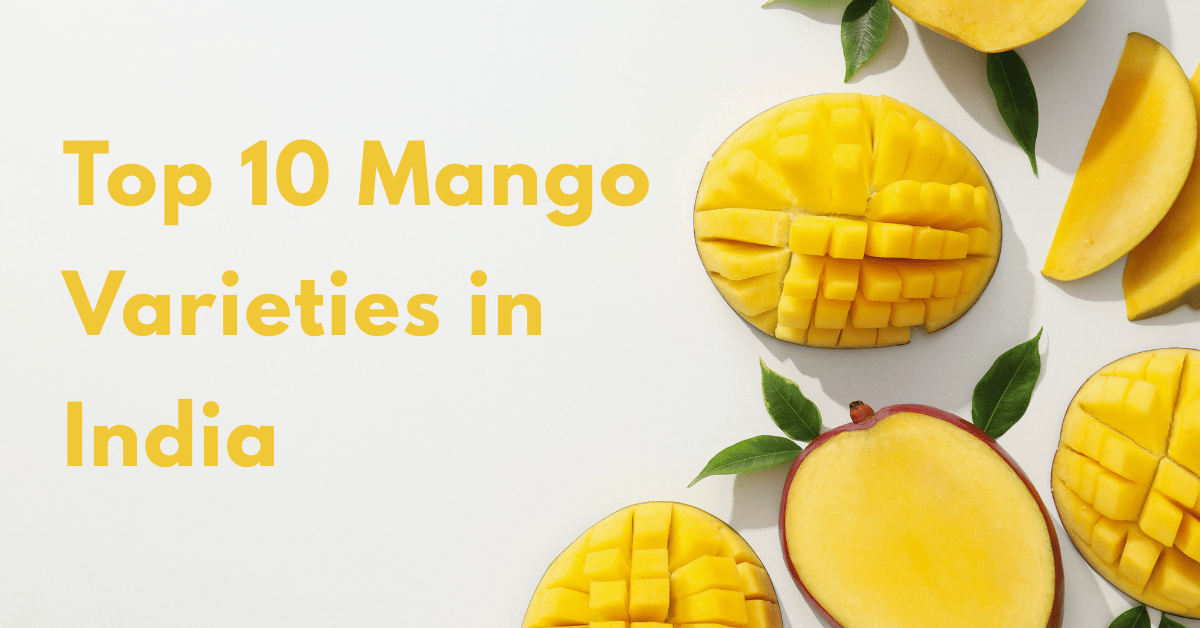India stands tall as one of the world’s largest mango producers, offering an incredible variety of over a thousand types. Here, mango isn’t just a fruit—it represents the essence of summer, holds emotional value, and is part of the country’s cultural fabric. For mango lovers, whether you're planning to buy them fresh or grow them at home, knowing which variety peaks when can enhance your mango experience.
Let’s dive into the Top 10 Mango Varieties in India and when you should grab them fresh from the market or grow them in your garden!
1. Alphonso (Hapus)
Region: Ratnagiri, Devgad (Maharashtra)
Season: April to June
Often revered as the King of Mangoes, Alphonso stands out for its rich taste, buttery-smooth flesh, and deep golden color. Commonly known as Hapus in Maharashtra, this variety is one of India’s leading exports due to its sweetness, texture, and excellent shelf life. Alphonso mangoes are also protected by a Geographical Indication (GI) tag, ensuring their authenticity.
Ideal for: Fresh consumption, desserts, and premium gifting.

2. Kesar
Region: Junagadh, Gujarat
Season: May to July
Kesar is celebrated for its golden-orange pulp, strong aroma, and well-balanced sweet-tangy flavor. This variety, often called the Queen of Mangoes, is especially popular in western India and frequently used in traditional preparations like aamras, milk-based drinks, and sweets.
Ideal for: Juices, desserts, and daily snacking.

3. Dasheri
Region: Malihabad, Uttar Pradesh
Season: June to July
Dasheri mangoes are known for their slender shape, fragrant skin, and juicy interior. With a mildly sweet flavor, they’re a staple in North Indian households and widely loved for their pleasant aroma and refreshing bite.
Ideal for: Eating raw, fruit salads, and traditional treats.
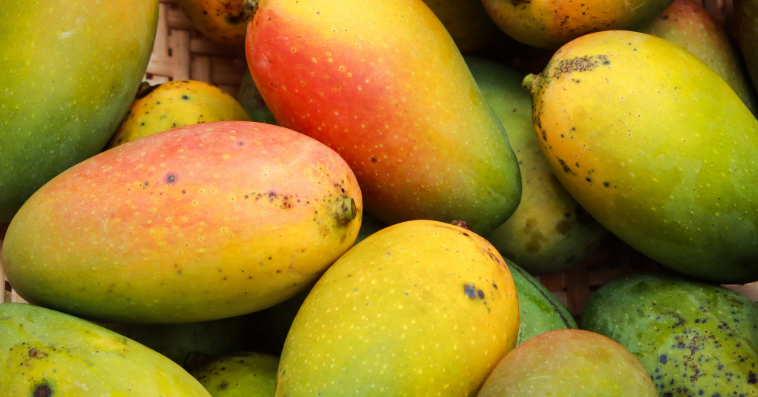
4. Langra
Region: Varanasi, Uttar Pradesh
Season: July to August
Langra, a late-season mango, is easily identified by its green skin even when fully ripe and its soft, sweet pulp. It’s believed to have originated from a farmer with a physical disability, which led to its name. This variety remains a favorite well into monsoon months.
Ideal for: Pickling, juicing, and slicing.
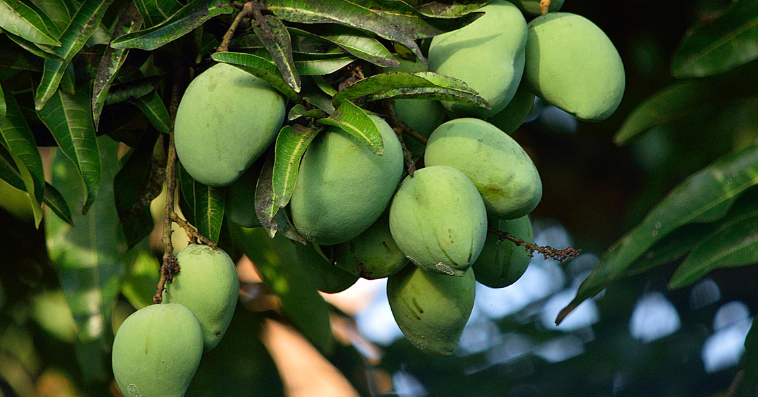
5. Banganapalli (Safeda)
Region: Andhra Pradesh, Telangana
Season: April to June
As one of the first mangoes to hit the market, Banganapalli is well known for its large size, smooth skin, and firm flesh. It’s relatively low in fiber and has a mild sweetness, making it a favorite in both southern and northern India. In some regions, it's also referred to as Safeda.
Ideal for: Cutting, serving fresh, and making preserves.
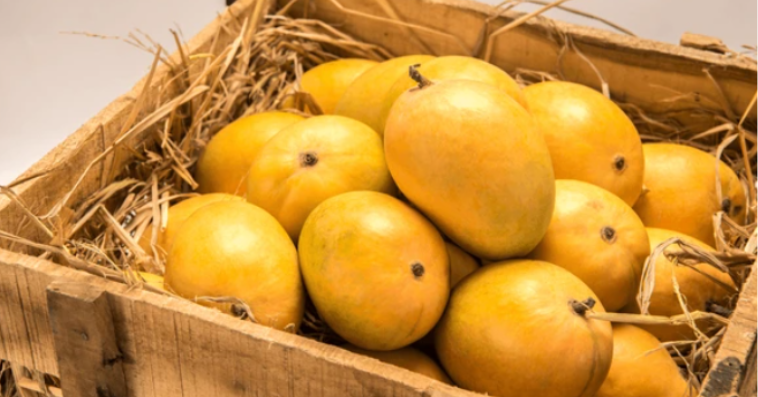
6. Himsagar
Region: West Bengal
Season: Mid-May to June
Himsagar is a premium mango variety with a short availability window. It features vivid yellow pulp, zero fiber, and a fragrance so distinct that it can fill a room. Due to its delicate skin and short shelf life, it's best consumed fresh and quickly.
Ideal for: Bengali sweets, fresh servings, and festive use.
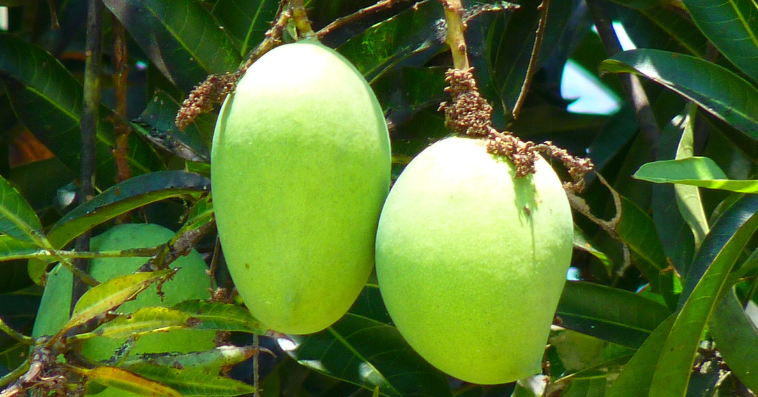
7. Neelam
Region: Tamil Nadu, Karnataka, Andhra Pradesh
Season: May to July
Small yet flavorful, Neelam mangoes have a bright orange tone, a pleasant aroma, and a slightly tangy bite. This variety is favored by those who want to enjoy mangoes late into the season, as it peaks after most others are gone.
Ideal for: Making juices, mango pulp, and smoothies.
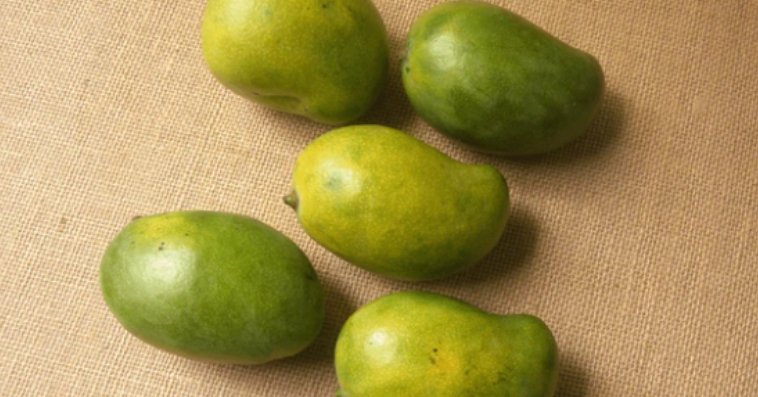
8. Totapuri
Region: Karnataka, Andhra Pradesh
Season: June to July
Totapuri, also called Ginimoothi in Karnataka, gets its name due to its beak-like pointed tip resembling a parrot’s beak (tota). They are moderately sweet and low in fiber. While not as juicy as dessert varieties, they’re extremely useful in processed products and cooking. In Karnataka, they are affectionately called Ginimoothi.
Best for: Industrial processing, pickling.

9. Mallika
Region: Pan-India (grafted variety)
Season: June to July
Mallika is a hybrid variety developed by combining the traits of Neelum and Dasheri mangoes. It offers a flavorful punch, combining sweetness with a slight citrusy note. It is also popular among home gardeners due to its disease resistance and consistent yield.
Best for: Growing at home, smoothies, gifting.
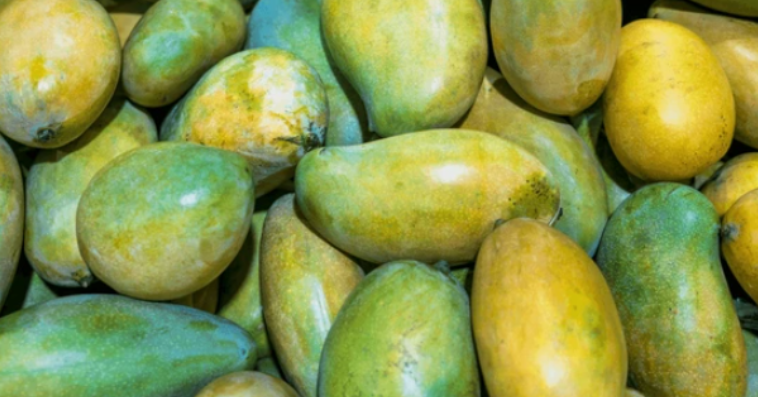
10. Amrapali
Region: North India (farms and backyards)
Season: June to August
This compact, hybrid mango variety is known for its rich red-orange flesh, intense sweetness, and suitability for urban gardens. Its dwarf structure makes it ideal for pot cultivation, balconies, and small gardens.
Best for: Home gardening, fresh eating.
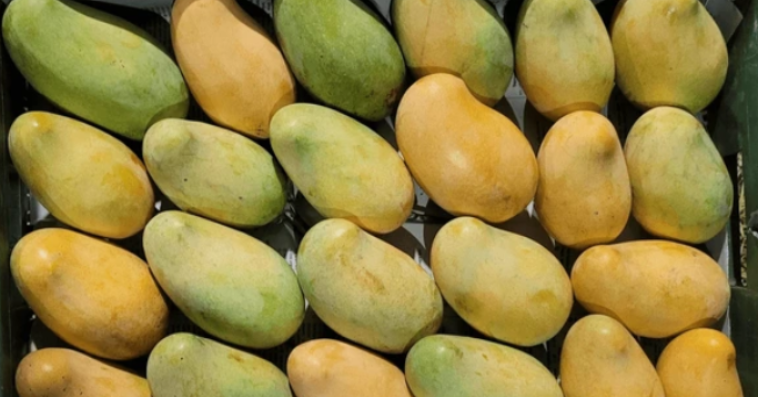
🍋 Seasonal Buying Tips for Mango Lovers
- April to May: Go for Alphonso, Banganapalli, and Kesar.
- May to June: Try Dasheri, Himsagar, and Neelam.
- June to August: Langra, Amrapali, and Totapuri take over.
Shopping from trusted sources, checking for ripening methods (avoid chemically ripened ones), and GI tagging are key for buyers looking for genuine and high-quality mangoes.
🌱 Gardener’s Tip
If you're planning to grow mangoes at home, go for dwarf or grafted varieties like Mallika and Amrapali. Ensure your mango plant gets plenty of sunlight, well-drained soil, and regular pruning for better yield.
🛍️ Where to Buy Mango Plants Online
Want to grow your favorite mango variety at home? You can buy high-quality mango trees and plants from our website PaudheWale. Whether you’re looking for grafted Kesar, dwarf Amrapali, or low-maintenance hybrid mango plants, we offer a wide range at affordable prices with nationwide delivery. Start your mango-growing journey with trusted quality and expert support — only at PaudheWale.

